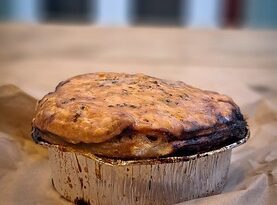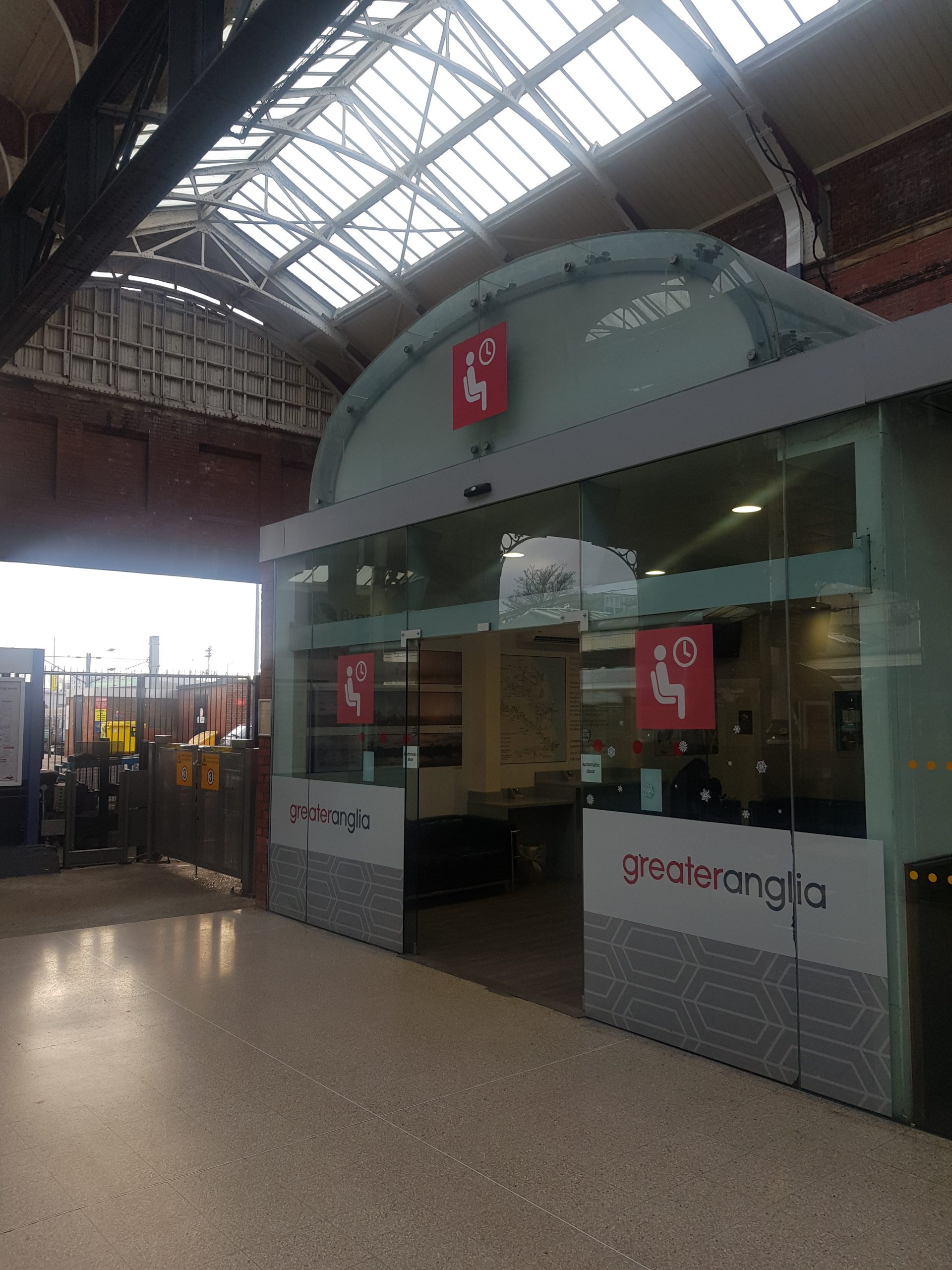200 Years Ago in Norwich : Discovery of a Chalk Mine
![]()
In the latest in my series of posts from the Norwich Mercury of 200 years ago…..
“Singular Discovery – On Tuesday, as some men were employed in sinking a well upon a piece of land belonging to Mr. Sendell, situated within a hundred yards of the site of St. Giles’s gate, they suddenly found themselves over a vault when about 35 feet from the surface of the earth; naturally alarmed at such an appearance, they left their work until the afternoon, when they provided themselves with stronger tackle and proper implements for ascertaining the “depth below”, they soon found that no danger was to be apprehended in descending to explore the cavern, and accordingly proceeded with a supply of lights, and found very beautiful and extensive vaults, running in almost all directions.
Encouraged by this account, Mr. Sendall and some friends descended to view these unexpected excavations. The air was perfectly pure, and the soil, which is a fine solid chalk, quite dry and of snowy whiteness. On lights being placed at various turnings the appearance was extremely interesting; at what period these places were in use cannot be ascertained, as neither record or remembrance of them exist. They they are growing over the mouths of 60 to 70 years of age, yet the marks of the tools appear very fresh, and the stains of smoke remain in the small niches where lamps were placed by the workmen. A great anxiety to see them has been manifested by the public, and in order to gratify such curiosity we understand Mr. Sendell has waited upon our worthy Chief Magistrate for permission to exhibit them, which permission has been very handsomely granted, and the exhibition will commence as soon as a comfortable entrance can be effected at the front of the hill. It is a singular fact that many marine shells have been taken from the solid chalk in the sides of these arches.”
There’s a whole network of these chalk mines around Norwich which have caused some excitement over the years, not least when a bus fell into one near to the Roman Catholic Cathedral on Earlham Road. They were caused by mining for flint and chalk and plenty are still under the city centre, although many have also been filled or their entrances closed by nervous property owners and councils. The city council makes reference to these discoveries in their recent notes for the St Giles conservation area.
“It is believed that for several hundred years after the 11th century (and maybe earlier) the area was closely associated with chalk and flint mining. In 1823 an extensive system of tunnels were rediscovered under Earlham Road. They became a tourist attraction and candle-lit tours took people through various tunnels with names including Beehive Lane, Bacchus Street and Royal Arch. One cave was found to contain the inscription ‘John Bond 1571’.”
There is a map of the streets in the area from 1823, but I haven’t yet been able to locate a copy. Although tucked a little away in the Norwich Mercury, the discovery was certainly one which caused some general excitement amongst the denizens of Norwich. Urban explorers still try and find entrances to various chalk mines across Norwich, but I’m not brave enough to do that (there are limits to even my bravery).



